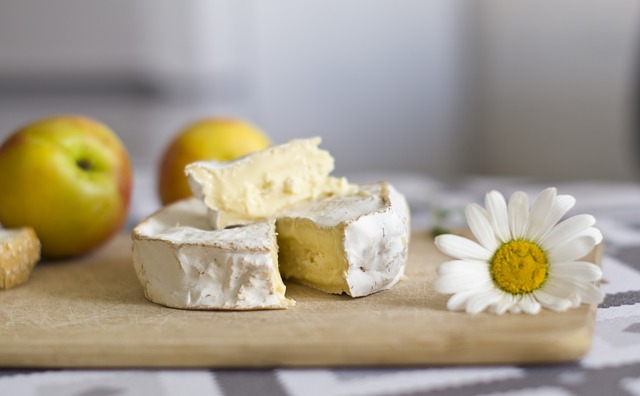Cheese is enjoyed around the world, but many people may not realise just how many types exist. Among these, fresh cheese stands out for its simple preparation, soft texture, and mild flavour. In this article, we introduce several popular varieties of fresh cheese, highlight their characteristics, and explain how they’re commonly used.
Understanding Fresh Cheese
Fresh cheese is known for its short production time and lack of ageing. These cheeses are typically soft, mild, and ready to eat soon after they’re made. They can be crafted from different types of milk, and their versatility makes them a staple in many kitchens. Fresh cheese often has a smooth or creamy texture, and the curds are usually drained but still contain some moisture, which contributes to their taste and consistency.
Popular Types of Fresh Cheese
Ricotta
Ricotta is a well-known fresh cheese that’s easy to make at home. It’s believed to have roots in Italy, possibly dating back to the Bronze Age. Ricotta can be made from sheep, cow, goat, or water buffalo milk. The process is straightforward and often takes less than an hour. While rennet is traditionally used, vinegar can serve as a substitute to coagulate the milk and form curds. Ricotta has a creamy, smooth texture and is often used in both sweet and savoury recipes.
Mozzarella
Mozzarella is another favourite fresh cheese, often used on pizzas and in dishes like cordon bleu. While many know it for its rubbery or springy texture, traditional mozzarella is prized for its softness and mild flavour. Originally made from Italian water buffalo milk, today’s mozzarella is also produced from cow, goat, or sheep milk. It melts well and is valued for its smooth texture and ability to fill a variety of cooking needs.
Feta
Feta comes from Greece and is traditionally made from a mix of sheep and goat’s milk. This cheese is creamy, tangy, and spreadable, with a grainy texture that makes it distinct. Feta is commonly used in pies, salads, potato dishes, and sandwiches, adding a tasty and salty note to both cooked and raw meals.
Goat Cheese
Goat cheese, or chèvre, is one of the oldest dairy products. Made by allowing goat’s milk to form curds, which are then drained and pressed, this cheese softens when heated. Goat cheese is a suitable alternative to cream cheese and pairs well with toast, bagels, and as a dip. Its smooth texture and mild flavour make it a versatile ingredient in many recipes.
Other Fresh Cheese Varieties
Cottage cheese and quark are also types of fresh cheese. Cottage cheese is known for its fresh curds and slightly grainy texture, while quark is smooth and creamy. Queso fresco, a fresh cheese popular in Latin American cooking, is mild and crumbly, making it suitable for sprinkling over dishes.
Fresh Cheese in Your Kitchen
Fresh cheeses are valued for their quick preparation and versatility. Whether you’re looking to add creaminess to a salad, a tangy note to a sandwich, or a soft spread for your morning toast, there’s a fresh cheese to suit your needs. They can be mixed with herbs, garlic, or salt for added flavour, and are best stored in the fridge to maintain their moisture and taste.
Conclusion
Fresh cheeses are easy to make, adaptable, and bring a gentle flavour to many dishes. Exploring these varieties can add new options to your cooking and introduce you to the world of cheese-making.
Discover our premium cheese kettles designed for efficient and consistent cheese production-visit our products page to view the full range of equipment.
Ready to Make Fresh Cheese?
We offer solutions for home and small-scale cheese makers, including cheese vats, pasteurisers, and curd handling tools designed for fresh cheese production. If you’re interested in making your own ricotta, mozzarella, feta, or goat cheese, we can help you get started with the right equipment and advice.







